Learn 3 ways to renovate your roof to make it last longerThe roof plays an important role in protecting the house from wind and rain and ultraviolet rays, but it is also a fragile place because it is directly affected by the natural environment. However, the roof is often unnoticeable and often left unattended without noticing any damage. Moreover, since it is a work at a high place and it is dangerous to carry out inspections and reform work by yourself, it is necessary to ask a specialized company. This time we will introduce how to renovate the roof. The roof needs regular renovation workIf the roof is left unmaintained, the roof and base materials may be damaged, and rainwater may leak through the gaps in the roof material and cause rain leakage. In addition, rainwater ingress from the roof can damage even the structures of your home, such as beams and columns. Although the suitable renovation method depends on the condition of the roof, regular maintenance can maintain the function of the roof and make the house last longer. Let's renovate according to the condition of the roofThere are three types of roof remodeling: "Roof Painting", "Overlap Roofing", and "Rethatching". We will explain the advantages and disadvantages of each. ●Roof Painting Renovation of the roof requires repainting of cement roof tiles among slate roofs, metal roofs, and roof tiles, and it is not necessary to repaint the Japanese roof tiles. Since the coating film on the surface of the roofing material deteriorates due to deterioration over time, will repaint it to improve waterproofness and prevent corrosion by coating and to prevent rust on metal roofs. The timing of repainting is 7 to 10 years after new construction. The life of the coating film after repainting varies depending on the paint used, and the price is proportional to the number of years of durability. Life span is 8 to 10 years for urethane paint, 10 to 15 years for silicone paint, and 15 to 20 years for fluorine paint. Nowadays, silicone paint is often used because of the balance of price and durability. Painting is a reforming method used to extend the period until rethatching and maintain the functionality of the roofing material. The advantage is lower cost than rethatching and overlap roofing, but only when there is almost no damage to the roofing material or base material. ●Overlap Roofing Overlap Roofing is a remodeling method in which a new roof material is covered from above without removing the existing roof material, and is also called a cover construction method. This method is suitable for cases where there is little damage to the base material and only the roof material is damaged. The advantage is that the construction period and construction costs can be reduced without the cost and period of removing existing roofing materials. The double roofing material has a heat insulating effect and a heat insulating effect. However, since the roof becomes heavy, the earthquake resistance is disadvantageous, so it may be difficult depending on the building and consideration may be required such as using light roof material for overlap roofing. Another disadvantage of overlap roofing is that you may not notice the damage to the groundwork. Since it is difficult to construct a new roofing material after overlapping roofing, it is necessary to peel off the double roofing material when roofing work is required again. Choose between overlapping roofing and rethatching, taking into account the roofing material and the life of the house itself. ●Rethatching Rethatching is a reforming method that removes existing roofing materials and base materials, and newly constructs base materials, tarpaulins, and roofing materials. If the roof and base materials are damaged, rethatching work is required. It can be a different type of roofing material than the existing one, but there are differences in the required slope depending on the roofing material, and if the slope of the roof is gentle, you may only be able to choose a metal roof. Rethatching is disadvantageous in that it takes construction time and construction costs, and there are concerns about neighborhood troubles such as dust fluttering due to removal of roofing material, but it is similar to a newly built condition and the life of the house is extended. Let's determine the time when the roof needs to be reformed by regular inspection It is difficult to visually check the condition of the roof by yourself, so let's take a regular inspection to determine when renovation is necessary. After 10 years of construction, it is desirable to have a regular inspection every 5 years. If the white powder, which is known as the chalking phenomenon, sticks to your hands, you can repair by the coating.. However, if the moss and mold have grown, the roofing material itself may contain water and have deteriorated. At the right time, you can maintain the function of the roof and the house by performing renovation for roof maintenance. Consider installing solar power along with roof renovation When renovating the roof, we recommend that you also consider installing solar power generation. Photovoltaic power generation is a clean power generation method that does not pollute the air, and if you have a sunny roof, you can expect to reduce the cost of electricity. Installing solar panels on the roof does not necessarily require a scaffold, depending on the slope of the roof. However, since it is a work at a high place, installing a scaffold and covering it with a mesh sheet not only ensures the safety of workers, but also prevents damages such as panels falling onto neighboring houses. Also, installing scaffolding will increase construction costs. If you are planning to install solar power generation, scaffolding will be installed even when renovating the roof, so by requesting construction together, scaffolding charges do not double. For solar power generation, it is common to install solar panels on the roof material, but there is also a method of integrating the solar panels and roof material at the time of roof renovation. Some products are not only for rethatching but also for overlap roofing, so please consider it at same time. Before the next heavy rain and typhoon season, take precautions to keep your building in good condition for longer.
Let's continue with yesterday's explanation. First, let's talk about each type and its characteristics. Metal Tiles
Slate Tiles
Clay Tiles
"How to decide on roofing tiles" a big change between "renovation" and "new construction".
If you're remodeling, choose "within weight limits". The lighter the roof, the better the building's earthquake resistance, so one correct answer is that "lighter roof tiles are better". In the case of remodeling where the structure of the building itself cannot be changed, making the roof heavier than before construction will lead to weakening against earthquakes. It is safe to choose roofing materials that are the same or lighter than before, so that a building that has been aged for a long time and has deteriorated over time will not be further weakened by reforming. After that, please decide the roofing material by paying attention to functions such as service life and heat insulation. For new construction/rebuilding, select the roof by design rather than weight On the other hand, the weight of roof tiles is less of an issue for “new” or “rebuild”. This is because the structural design of the building should be designed according to the weight of the roof tile you want to use. If you look at the news of recent disasters, you often think that "the roof should be light because of its earthquake resistance". But you don't need to choose roof that is lighter than you need, as long as the structure of your building can support it. When building a new building or rebuilding it, we think it's good to prioritize functions other than earthquake resistance and design, and choose freely. There is no roof tile that has all the functions, so please consider what you need and choose the roof tile you like. We will compare the four axes of “durability”, “cost”, “design” and “anti-earthquake/typhoon”, and introduce the optimum roof tiles and their reasons.
Select "Clay roof tiles" if "durability" is important "I want to make a house where people can live with peace of mind for at least 30 years." "The initial cost can be high, so I want to keep future costs as low as possible." Clay (pottery) roof tiles are most recommended for such people. Ceramic tiles are pottery, so they rarely deteriorate with age. In addition, it has a wide variety of colors and shapes, and it has little color fading. However, please note that changing the roof from other roofing materials is not recommended due to its earthquake resistance. Select "Slate roof tiles" if "cost" is important Slate roof tiles are recommended for those who want to prioritize cost above all. Just because it's cheap doesn't mean it's unreliable. In addition to being inexpensive, partial repairs and replacements are also possible, and there are many contractors who carry out construction. It is safe even in an emergency. Select "Galvalume steel plate" if "design" is important If you want an urban house that designability and emphasizes design, a metal roof made of "galvalume steel sheet" is recommended. You may find that the Galvalume steel roof looks like a tin roof from a long time ago and looks cheap. However, because it gives a simple and sharp impression, it looks well with an urban modern house. In particular, it goes well with box-type houses, which have become very fashionable these days, and houses with a simple exterior with a one-sided roof. It is a roofing material often used by atelier architects. On the other hand, if you prefer a traditional and solid image, "clay roof tiles/cement roof tiles" will be your choice. Select "Galvalume steel plate" or "Slate" if "earthquake/typhoon" is important If both earthquake resistance and wind resistance can be achieved at the same time, we recommend using a metal or slate roof made of "galvalume steel sheet". In the case of remodeling, using heavy Japanese tiles may make the building vulnerable to earthquakes, so it is better to avoid it. In addition, Japanese tiles and sheet-shaped asphalt single tiles, in which each tile is divided into smaller pieces, pose a risk of slippage, even if they are not blown away. The above are the criteria for selecting roofing materials and the advantages and disadvantages of each roofing material. If you are considering renovating, please feel free to contact us. As it is the rainy season, today we will explain about the roof tile that protects the house from rain. Tile roofing is a clay slab that covers a roof, which is common in Asia. The purpose of the roof is to protect the house and its occupants from natural phenomena. Various nature such as rain, wind, dew, temperature changes, humidity changes, and sunlight affect homes and people. Each of them is absolutely necessary for us, but it is harmful if we receive more than necessary. The house regulates it, and the roof protects it. After the period when comfort was secured, what was demanded for the roof was status and aesthetics, and then tiles appeared. In Japan, it was 1400 years ago. Tiles are boards made of clay or other materials pre-made with curved surfaces that overlap each other. Covering the roof with these tiles is called "tile roofing". Depending on the material, there are two types of roofing tiles: clay tiles and thick slate tiles. Clay tiles are made of fired and molded clay. They are extremely durable, but they are also heavier and more water absorbent than other roofing materials. Thick slate tiles are made from cement and fine aggregate and are lighter and less expensive than clay tiles. There are many types of roof tiles such as main roof tiles, pantiles, S roof tiles, Spanish roof tiles, French roof tiles, corrugated roof tiles, and flat roof tiles. The roofing method used to be one in which soil was placed under the roof like a townhouse, but now the dry method is used to fix the roof with copper wires and nails. Now, let's talk about the "advantages and disadvantages" of different types of roofing tiles. There are three main types of roofing tiles: metal tiles, slate tiles and clay tiles, and each material has a different performance. First, we would like to explain the advantages and disadvantages of different materials.
●Advantages ・Lightweight and highly earthquake resistant The weight of the metal tile is about 1/10 of the clay tile of the same size, which is extremely lightweight. A light roof also increases the earthquake resistance of the house. When retrofitting a traditional Japanese house, the roof may be replaced with metal tiles shaped like Japanese tiles. ・Highly waterproof The characteristic of metal roof tiles is that they are highly waterproof, with no gaps between the roofing materials laid. ・Can be used on a wide range of roofs regardless of shape As the gap between the metal tiles is small, it can also be used for roofs with a gentle slope. Metal roof tiles can be widely used in houses of any shape. ●Disadvantages ・Low heat insulation Since the metal roof tile is a thin metal, heat is easily transferred, which affects the heat and cold in the room and the air conditioning efficiency. The heat in summer can be mitigated by using heat shield paint on the roof. ・Rain sounds is loud Since the metal roof tile is a thin metal, the sound can be transmitted easily, and the sound of rain sounds more indoors than other roofs. ・It is susceptible to scratches and dents Similarly, since it is a thin metal plate, it can easily be scratched or dented, and can rust from there. ●Advantages ・Low material and labor costs Since slate roof tiles have a large production and distribution volume, the materials are inexpensive. Since it is easy for the contractor to handle, the biggest advantage is that it is cheap, including construction costs. There are many contractors and craftsmen who can handle this, so you can rest assured that you will need to repair it suddenly. ・Light weight and strong against earthquakes Since slate is lighter in weight than clay roof tiles, it is often used for seismic reform to switch from clay roof tiles to slate roof tiles. ●Disadvantages ・Short service life Slate tile is a roofing material whose material is weak against ultraviolet rays and whose deterioration over time is a major enemy. Since water tends to settle more easily than other roofing materials, peeling of coatings, moss, and algae are more likely to occur. Also, when climbing to the roof, the weight of a person often causes the slate to crack. ・Needs frequent maintenance Regular inspection and maintenance are indispensable, resulting in high maintenance costs. To keep the slate roof healthy, we recommend repainting every 10 years. ●Advantages ・Long service life It has the longest life among roofing materials, as some temples have tiles that have been over 1000 years old. ・No need to repaint Clay roof tiles are not painted products, so there is no need to repaint them. Combined with the long service life, the overall maintenance cost is low. ・High sound insulation and heat insulation The clay roof tiles are thick, so they are roofing materials with high sound insulation and heat insulation. In addition, "condensation" is less likely to occur, so you can expect to extend the life of the house itself as well as the roof. ・Easy to reuse Clay roof tiles are sturdy and can be managed individually, making it easy to reuse. Specifically, after repairing the groundwork, the same roof tile can be re-roofed, or partial damage can be repaired in units of one piece. ●Disadvantages ・Price is high The disadvantage of clay roof tiles is that they are expensive among roofing materials. Professional skills are required for construction, and the shortage of craftsmen is a factor that further increases costs. ・Heavy, low earthquake resistance The heavy weight puts a heavy burden on the house and makes it vulnerable to earthquakes. ・It is not suitable for switching from other roof tiles We do not recommend reforming a roof that already has slate or metal tiles into clay tiles. This is because the original design often cannot withstand the weight of clay tiles. Tomorrow we'll go into a little more detail on the tiles and explain the tiles in refurbishment and new construction.
|
Details
AuthorArrows International Realty Corp. Archives
June 2023
Categories
All
|
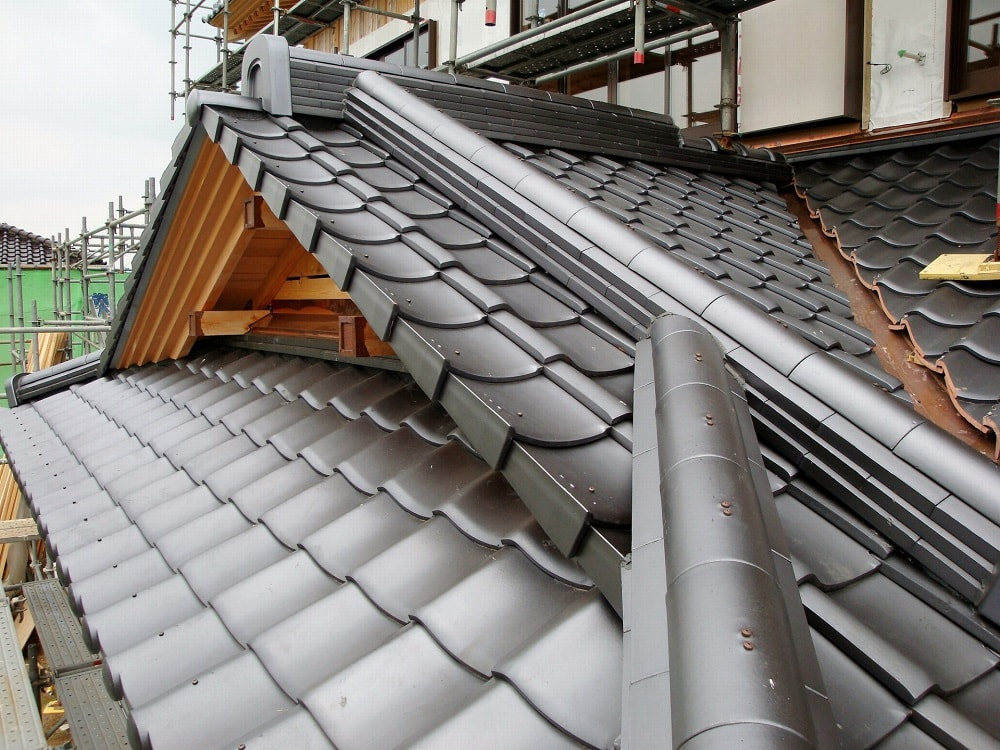
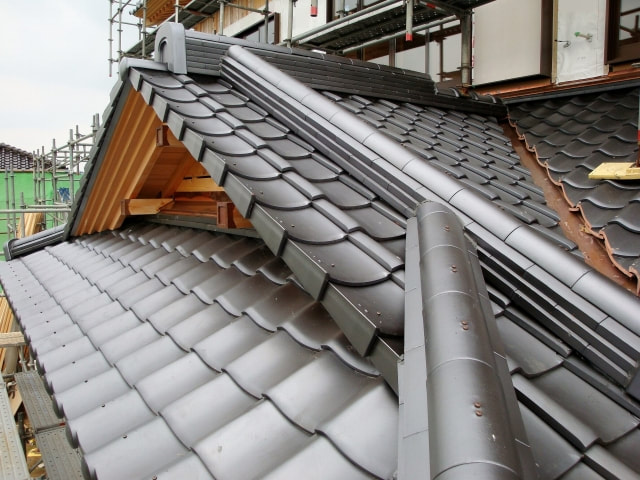
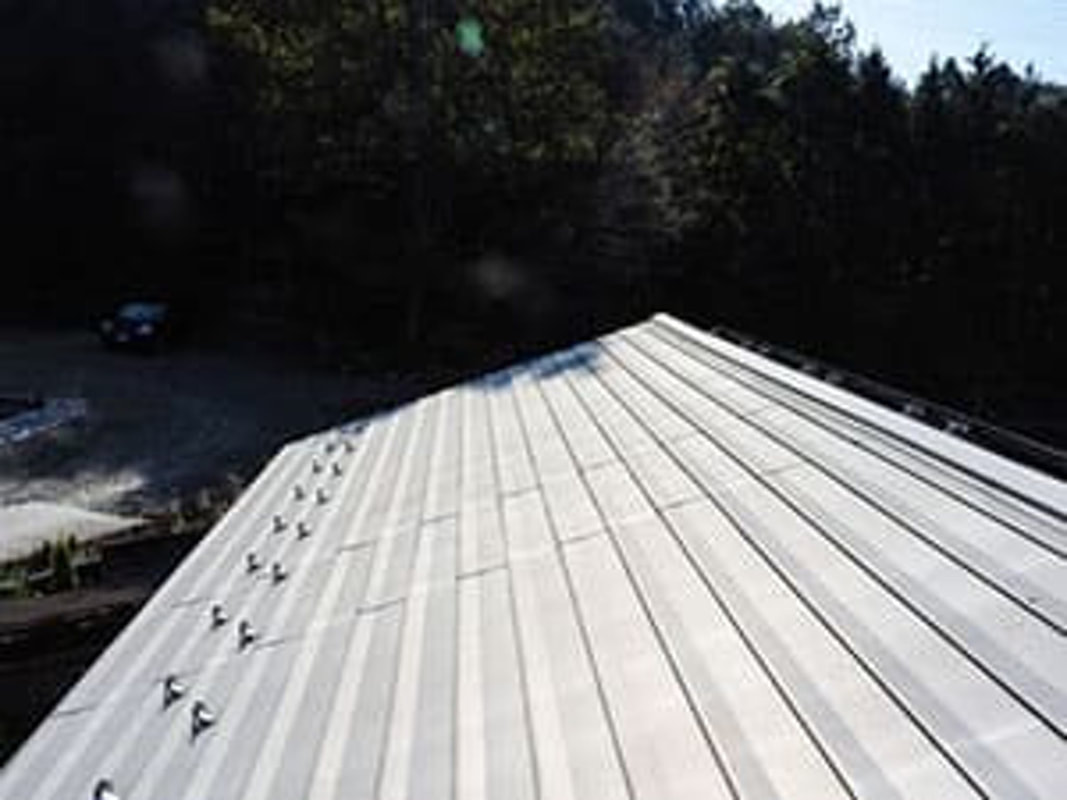
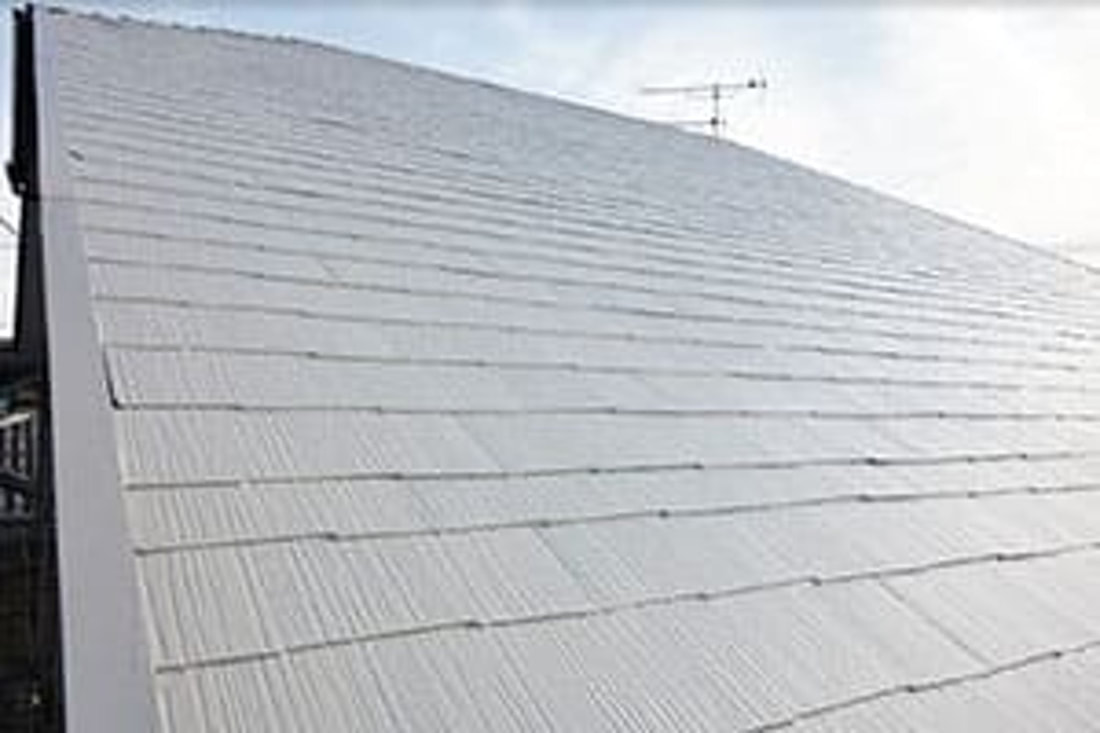
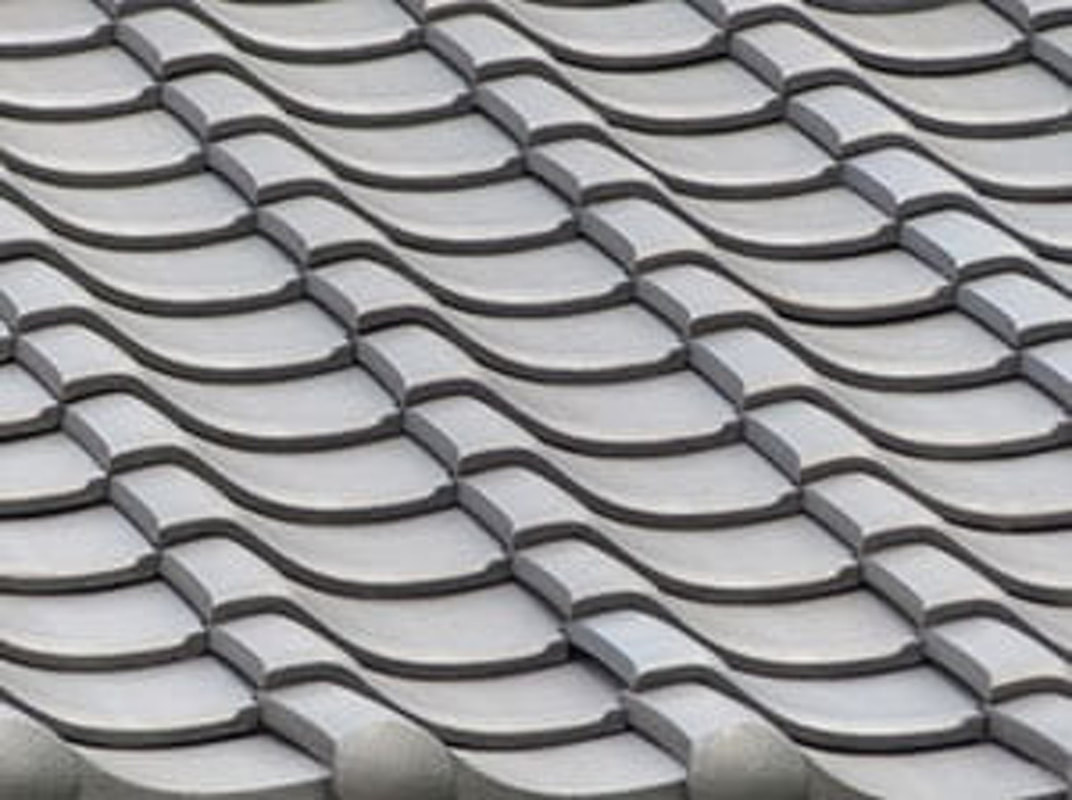
 RSS Feed
RSS Feed